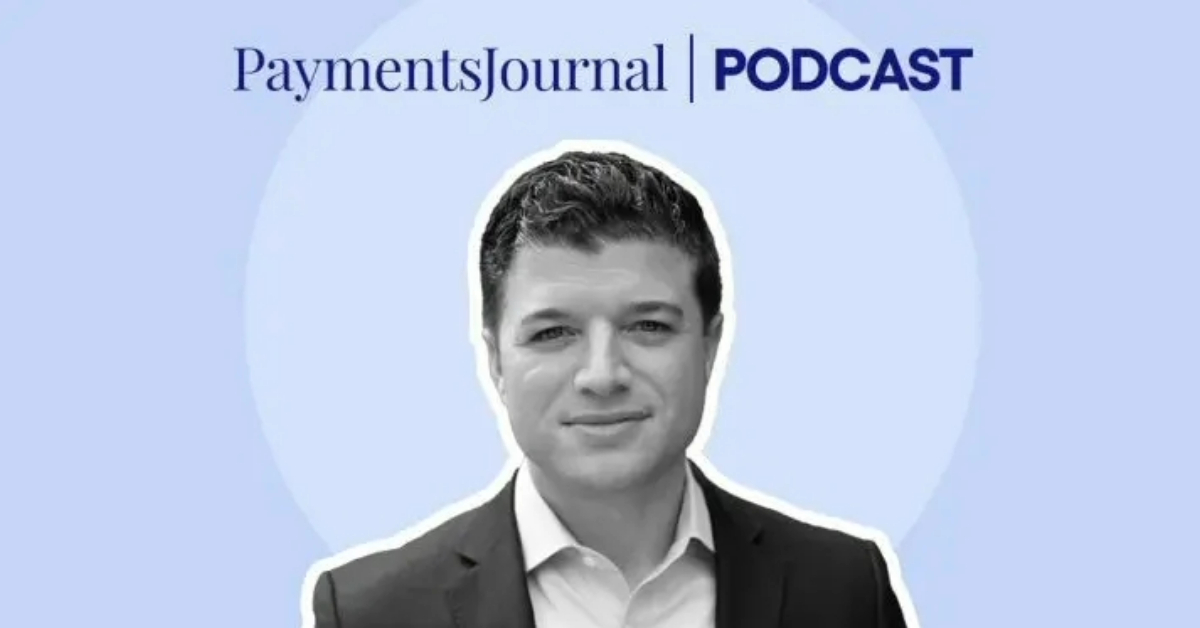
The growth of eCommerce has not only simplified shopping, but it’s made returning unwanted items easy as well.
Thanks to the popularity of online buying, most websites as well as physical stores now make the act of sending back unwanted purchases a snap. To encourage repeat customers, a number of retailers allow shoppers unlimited time to give back purchases. Others don’t require that a returned item be boxed, allowing it to be dropped off unwrapped at a designated shipper for an instant refund. Some eCommerce merchants even refund the purchase price and then tell the customer to keep the product anyway.
Unfortunately, fraudsters have taken advantage of this frictionless experience as well. According to a 2020 survey of 10 major industrialized countries, including the U.S., U.K., Canada and others, refund abuse is up 51%, while so-called friendly fraud has increased by 41%, compared to the year before1.
Explore Fraud Mitigation Solutions >
Returns can be costly. One estimate is that a return costs the merchant 60% of the original sales price after one factors in postage, handling, reconditioning and then a lower secondary sales price.
Last year, $428 billion, 10.6% of the value of all U.S. sales, were returned, and 5.9% of that amount, $25.3 billion, were deemed fraudulent, according to the National Retail Federation. Perhaps not surprisingly, eCommerce returns, at 20% of sales, were double those compared to items bought in a physical store. And the online return rate overall doubled in 2020 compared to the year before. The Federation found that $7.7 billion of U.S. online returns were fraudulent2.
Those two types of refund fraud have important distinctions that require different strategies to help merchants cut their losses.
What is return or refund abuse?
“Refund abuse” occurs when a consumer wants to return an item for a fraudulent reason. That could include an individual who purchased an expensive dress for a special occasion, always expecting to return it after one wearing. Sports fans have been known to purchase large screen HDTVs, with the intent of returning them after watching the big game with their friends.
Fraudsters may contact a company and claim they never received an item, even though they did, and demand a refund. Restaurant patrons have been known to call an establishment after their food has been delivered, falsely claim that it arrived cold, and ask for a refund. And some dishonest individuals return forged versions of the items they purchased, and then sell the original ones, racking up a double profit.
Rather than ask a retailer for a refund if they never received an item or it arrived damaged, some consumers will call their credit card company and ask for the charge to be reversed. Others will state that their card was used without permission, or that they don’t recognize the transaction.
What is friendly fraud?
When that’s done unscrupulously, it’s known as “friendly fraud,” as the reason for the chargeback request sounds legitimate. The bank will charge the cost back to the merchant and then pay the customer.
Banks also charge merchants fees for chargebacks. One estimate is that every dollar of the cost of an item that’s subject to a chargeback costs the retailer $2.503.
Ways to help minimize refund abuse and friendly fraud
To reduce refund abuse, often a warning email will suffice. Consider working with a third-party company that can use AI to analyze return patterns and identify serial abusers and their linked accounts. Limiting the number of returns from that individual or even prohibiting them for a certain time period can also help cut losses.
Friendly fraud can be minimized by having clear and somewhat restrictive return policies in place. Consider, for example, limiting returns of big-ticket items to shorter periods, to prevent customers from “borrowing” them, or returning them as soon as a new model arrives with a lower price.
To prove that an item was delivered, work with a shipping service that can document package arrivals with a photograph or other means. And use a service provider capable of identifying patterns of fraudulent chargebacks, either by the individual or the type of item purchased, and then monitor those transactions carefully.
Excellent customer service can also help reduce chargebacks and returns in general. If a customer knows that there is an employee, whether online or in person, who understands what they want and direct them to the right product, both legitimate and fraudulent returns will decrease.
Retail fraud will always be with us, of course. But these relatively simple procedures can put a significant dent in the problem.
To learn more about Fiserv’s suite of fraud management tools, contact us today.
Sources: 1. Ravelin, Online Merchant Perspectives – Fraud & Payments Survey 2020 2. National Retail Federation, $428 Billion in Merchandise Returned in 2020 3. Chargeback Gurus, Official 2021 Chargeback FAQ




